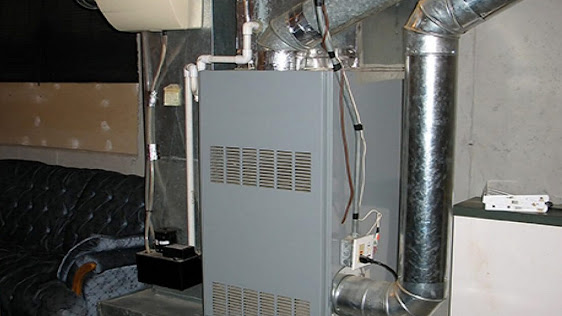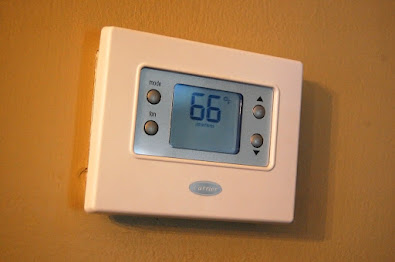Furnace Problems and Solutions: Furnace Troubleshooting
Many people are unaware of the various furnace problems in their homes. Furnaces can range from minor problems that don't affect the home's comfort to more severe issues that can cause a whole suite of problems. This article will discuss some of the more common furnace problems and how to solve them.
Below are some tips on troubleshooting a furnace problem, and if you don't have any of this information handy, there are plenty of online resources to help you.
Furnace Problems and Solutions
If your furnace is running very hot, there is a chance that it will stop working entirely. In such situations, you need to get in touch with the manufacturer or the repairman. The manufacturer will have the answers you seek about the furnace, but if the repair man cannot fix it, he can recommend someone who can. Sometimes, the parts that come with your furnace are not working correctly. If you have such a situation, call the company's service representative and ask for repair parts. He will direct you to where to get them.
How to Know When Your Furnace Needs Repairs
If your furnace doesn't work and you don't know the problem, you can look at your furnace to see if anything looks out of place. If the fan is not working, for instance, it means that it is time for furnace repairs.
You can also ask your neighbors about their experiences with the furnace. They can tell you whether your furnace is working fine or not.
When you check the furnace, turn the thermostat down so you won't burn the house
When it comes to keeping your home warm in the cold months, it pays to know what to do if your furnace goes out. Most homeowners assume that a furnace breakdown is a pretty straightforward problem. But sometimes, a furnace isn't as easy to deal with as it seems. The good news is there are many ways to fix a furnace problem yourself if you're willing to take the time. The key to fixing the problem is knowing what's wrong with the furnace and the right parts to call on. So, if your furnace stops running in the middle of the night, it's important to know that it isn't just a matter of switching the power on or off.
Check the pilot light
The pilot light in a gas furnace is typically lit with a key or a match. Keeping the pilot light lit is crucial to prevent carbon monoxide build-up. However, a low flame is also bad for ventilation. For this reason, you might want to turn on a fan in the room that the furnace is heating. It can help push hot air out of the room, reducing the danger of carbon monoxide poisoning.
Steps to Troubleshooting a Furnace Problem
- Inspect the system. Check all of the elements of the furnace, like the air filter, combustion chamber, heat exchanger, burner, etc., and ensure that they are correctly installed. Check to ensure that all connections are tight.
- Check for leaks. Make sure that the blower and ductwork are clean. Check for open or loose connections.
- Check for overheating. Check the thermostat to ensure that it's adjusted correctly. Be careful to check the heat settings.
- Check for hot spots. Inspect the furnace for hot spots, and locate them if you see them.
- Check for a bad motor. Check for a damaged or loose belt.
- If you can't identify the problem after checking for all possible causes, consider calling a furnace repair service. Besides, you can take help from HVAC expert.
Bottom Line
In conclusion, if you are having trouble with your furnace, it is crucial to take a closer look at the problems and solutions. Then, you can get your furnace fixed or add new parts to run like new again.




Comments
Post a Comment